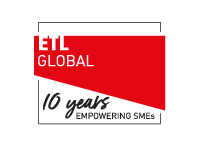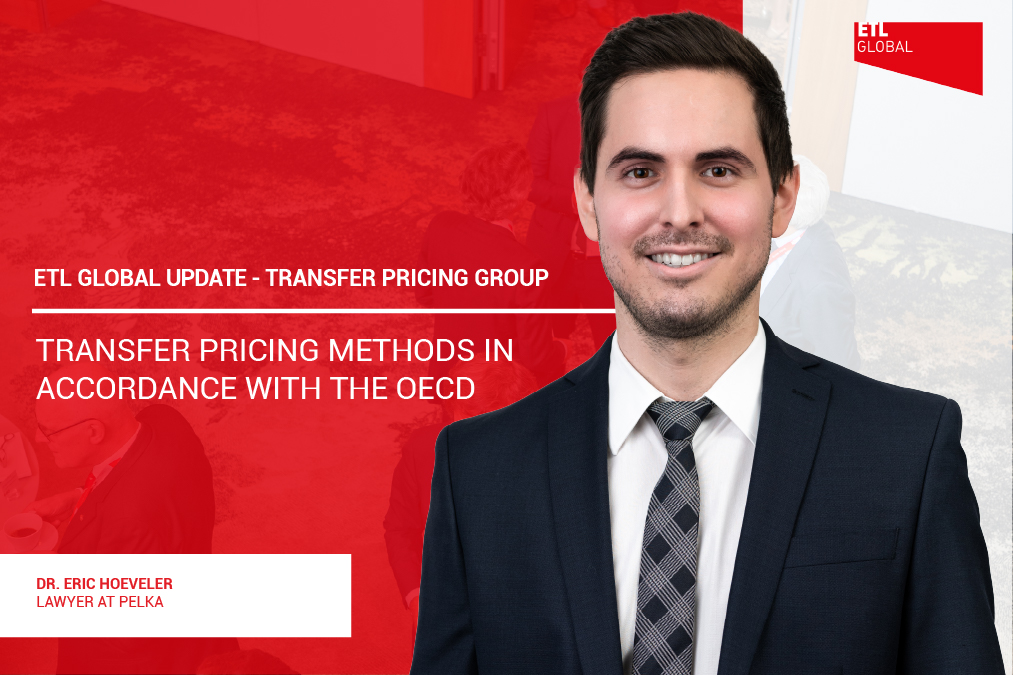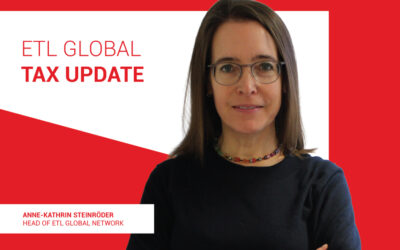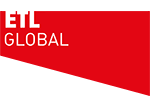I. General Information
The biggest challenge of transfer pricing is to find appropriate prices for cross-border transactions between associated enterprises. In order to determine, which transfer price can be considered appropriate, systematic guidelines are required that taxpayers and tax authorities can follow together. A common consensus on how to analyse transfer pricing is necessary to enable uniform and fair taxation of multinational enterprises. For that reason, the Organisation for Economic Co-operation and Development (OECD) has issued a detailed guideline that provides specific instructions on how to determine appropriate transfer prices. As part of these guidelines, the OECD lists five transfer pricing methods that should generally be used to determine the appropriate pricing.
II. Overview of the OECD transfer pricing methods
- Comparable Uncontrolled Price Method (CUP)
Under the CUP method the price charged for the delivery of an asset or the provision of a service in an intercompany transaction is compared with the price charged for such a delivery or service in a comparable third-party transaction. The third-party transaction can either be a business transaction between the company and an unrelated third party (internal CUP) or a business transaction between two unrelated third parties (external CUP). However, it is always necessary that the transaction to be assessed is comparable with the comparative case.
One of the main uses of the CUP method is the sale of goods. The method is therefore to be applied in cases where the company sells their goods not only to affiliated companies but also to unrelated third parties. On the other hand, it is also to be applied primarily if the taxable person acquires goods from both an unrelated third party and a related company. In these cases, the sale or purchase of the goods from a third party constitutes a reliable comparative price for the CUP method. The CUP method therefore fails in cases where the goods sold are so unique that no comparable transactions can be found.
- Resale Price Method (RPM)
The starting point for the resale price method is the selling price at which a company resells goods, that it has purchased from a related Group company, to independent customers. The selling price is reduced by a standard gross margin, which reflects the functions and risks assumed by the company and includes a reasonable profit. The value remaining after deducting the gross margin from the sales price is the transfer price to be paid by the company to the related Group company.
The resale price method is particularly suitable for pricing the sale of goods to distribution companies. It can therefore help companies to set transfer prices within the group and thereby achieve target margins. However, due to problems with the availability of data on the cost of goods sold in important databases, this method is only used relatively rarely in European database searches.
- Cost Plus Method (CPM)
The CPM method bases the calculation on the costs incurred by the seller in an intercompany transaction for the supply of an asset (or the provision of a service) to a related buyer. A mark-up is then applied to these costs in order to determine an appropriate profit, taking into account the functions performed and market conditions. Adding the mark-up to the above-mentioned costs results in the arm’s length transfer price for the intercompany transaction. The cost mark-up for the intercompany transaction should be determined with reference to the cost mark-up that the same supplier applies to comparable transactions with third parties (“internal benchmark”). Alternatively, the cost mark-up applied by an independent company for comparable business transactions can be used as a benchmark (“external benchmark”).
This method is most appropriate when semi-finished goods are sold between affiliated companies, when affiliated companies conclude contracts for the use of joint facilities or long-term purchase and supply agreements or when the intercompany transaction involves the provision of services. For a routine service with low added value within a group of companies, the appropriate price is generally to be determined using the cost-plus method. In this context, a cost mark-up of five percent is considered to be at arm’s length if it can be proven that this is actually implemented uniformly within the group.
- Transactional Net Margin Method (TNMM)
The transactional net margin method examines the net profit that a company generates from an intercompany transaction in relation to a suitable benchmark (e.g. costs, sales, assets). The company’s net margin determined in this way is then compared with the net margin achieved by the company in comparable transactions with third parties (internal comparative value) or in comparable transactions between third parties (external comparative value).
The net margin method is the most commonly used transfer pricing method in practice and is regularly used to test the transfer prices of routine distribution, routine production and routine service companies.
- Profit Split Method (PSM)
Under the profit split method, the profit to be allocated is first determined from the intercompany transactions and then allocated between the affiliated companies on an economically reasonable basis that approximates the profit allocation that would have been agreed between unrelated third parties. As with all transfer pricing methods, the aim is to ensure that the profit of the associated companies is consistent with the value of their contributions and the remuneration that would have been agreed for these contributions in comparable transactions between independent companies.
The profit split method is generally the most suited method for highly integrated operations, unique and valuable contributions or the assumption of financially significant risks.
III. National Implementation in Germany
German tax law only states that the prices charged between affiliated companies must be at arm’s length. However the legislation itself did not specify how the appropriate price is to be determined, which is why the price is primarily determined on the basis of the interpretation of the German tax authorities. The German tax authorities regularly express their views on tax issues in guidelines or decrees. On 6th June 2023, the German Federal Ministry of Finance published a detailed decree in which it expressed its views on transfer pricing. After consultation with the OECD, the German tax authorities have attached the OECD guidelines from 2022 to their decree. The German tax authorities have thus announced that they will continue to fully follow the standards established by the OECD. With regard to the determination of correct transfer prices this means that only the five transfer pricing methods recognised by the OECD are accepted in Germany. Other methods are in general not accepted by tax authorities. Hence the Comparable Profits Method (CPM), which is mainly used in the USA, is not applicable in Germany.
IV. Conclusion
Overall, it can be said that each of the five methods has its own specific area of application. In some cases, however, there may be overlaps, so that in these cases it is necessary to check which method leads to the most appropriate results. In this context, it is also necessary to examine which transfer pricing methods are applicable in the respective countries in which the companies with the intercompany business relationship are domiciled. For example, in an intercompany relationship between a company based in the USA and a company based in Germany, the CPM should be avoided, as it is generally not recognised in Germany, even if the CPM would be the preferred method for the type of transaction in the USA. If it is not possible to agree on one method in the different countries, in the worst case a study using two methods must be prepared.





